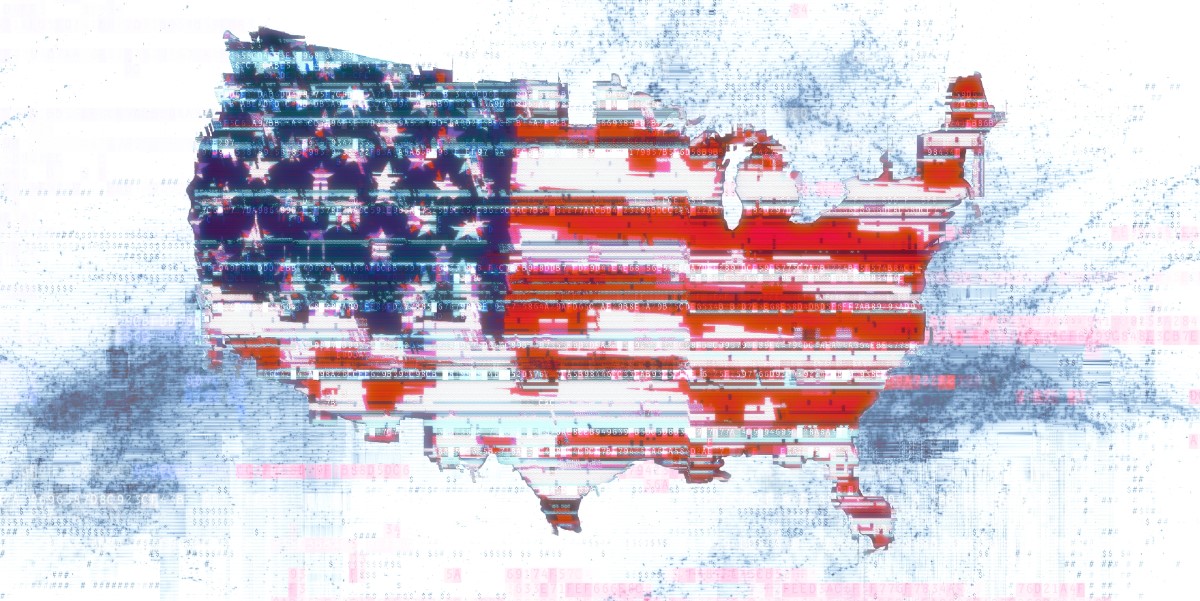Cheating Carriers Could Cost Web-starved Americans Billions In Subsidies

Major US carriers are exaggerating the availability of fixed wireless services and leaving under-served communities at risk of missing out on billions in federal funding that would pay for improved services.
The findings, detailed in a Bloomberg report this week, found that T-Mobile and Verizon routinely claimed to offer fixed wireless services where no such service was actually available. The incentive to do so is obvious from a competitive standpoint: marketing is marketing after all.
According to Bloomberg, the carriers' coverage maps claim services are available before they've actually built the necessary infrastructure. But if they have plans to build the infrastructure eventually, what's the harm?
The harm is that if carrier maps show that particular cities and towns already have broadband access they won't be eligible for a share of the $42.5 billion in federal infrastructure funds the Biden administration allocated to improve internet service across the US. The Federal Communications Commission estimates that 42 million Americans lack access to broadband internet – which it defines as offering download speeds of 25Mbit/sec and uploads of 3Mbit/sec – and the money is earmarked to fix that.
Internet-starved citizens are missing out not only on the broadband they've been promised, but also the funds that could get it set up.
The Register has reached out to Verizon and T-Mobile US for comment on the accuracy of their coverage maps and we'll let you know if we hear anything back.
This is not the first time the carriers have been caught massaging maps to make their service appear more widespread. In late 2019, the FCC took T-Mobile, Verizon, and US Cellular to task for overstating their coverage. As part of the FCC investigation, the agency dispatched field agents to put the carriers' claims to the test. After 24,649 tests spanning 12 states and 10,000 miles, the FCC found that only 64.3 percent of tests achieved the minimum download speed predicted by coverage maps.
- FCC taps 13 providers to manage 6GHz band access for new Wi-Fi standards
- UK's Online Safety Bill drops rules forcing social media to remove 'legal but harmful' content
- If your DNS queries LoOk liKE tHIs, it's not a ransom note, it's a security improvement
- Cloudflare engineer broke rules – and a customer's website – with traffic throttle
And it's not just carrier maps that are problematic. By the FCC's admission, its own maps haven't always been the most accurate.
"The FCC's older maps collected data at the census block level, meaning that if a single home was served in a census block, the whole block would show up as served on our maps," FCC chair Jessica Rosenworcel admitted in a statement last year. "With these new maps, the FCC has integrated the information from broadband providers with hundreds of location-specific data sources, giving us a far more detailed and accurate picture of fixed broadband availability."
But almost immediately after the maps were published, the agency faced criticism from state leaders who called into question the maps' validity. In December, Vermont's Community Broadband Board issued a call to action, asking citizens to check their addresses against the FCC maps and to file challenges if the information was incorrect.
"I hope my fellow Vermonters will join us in making the FCC National Broadband Map as accurate as possible so that Vermonters in every corner of our state can receive high-speed, reliable broadband," senator Bernie Sanders implored at the time.
The state estimates the FCC maps inaccurately claim broadband availability in more than 60,000 locations. And where coverage is available, the maps overstate the quality of that service.
That same month, Nevada senators Jacky Rosen and Shelby Moore Capito called on the FCC to fix the maps before using them to make decisions about how to allocate funding.
"We have heard from constituents, state and local governments, and service providers alike of continuing concerns about the accuracy of the maps, ranging from persistent issues with missing or incorrect serviceable locations to potentially overstated claims of coverage by providers," the senators wrote in a letter to the FCC. "To ensure the map can be used to make decisions about where to direct tens of billions of dollars for broadband deployment, it is critical that these issues be examined and addressed in a systematic and thorough manner.
The Register asked the FCC how it is ensuring equitable distribution of federal funds to under-served communities. The National Telecommunications and Information Administration, which is tasked with distributing the funds, plans to begin awarding grants by the end of June. ®
From Chip War To Cloud War: The Next Frontier In Global Tech Competition
The global chip war, characterized by intense competition among nations and corporations for supremacy in semiconductor ... Read more
The High Stakes Of Tech Regulation: Security Risks And Market Dynamics
The influence of tech giants in the global economy continues to grow, raising crucial questions about how to balance sec... Read more
The Tyranny Of Instagram Interiors: Why It's Time To Break Free From Algorithm-Driven Aesthetics
Instagram has become a dominant force in shaping interior design trends, offering a seemingly endless stream of inspirat... Read more
The Data Crunch In AI: Strategies For Sustainability
Exploring solutions to the imminent exhaustion of internet data for AI training.As the artificial intelligence (AI) indu... Read more
Google Abandons Four-Year Effort To Remove Cookies From Chrome Browser
After four years of dedicated effort, Google has decided to abandon its plan to remove third-party cookies from its Chro... Read more
LinkedIn Embraces AI And Gamification To Drive User Engagement And Revenue
In an effort to tackle slowing revenue growth and enhance user engagement, LinkedIn is turning to artificial intelligenc... Read more

